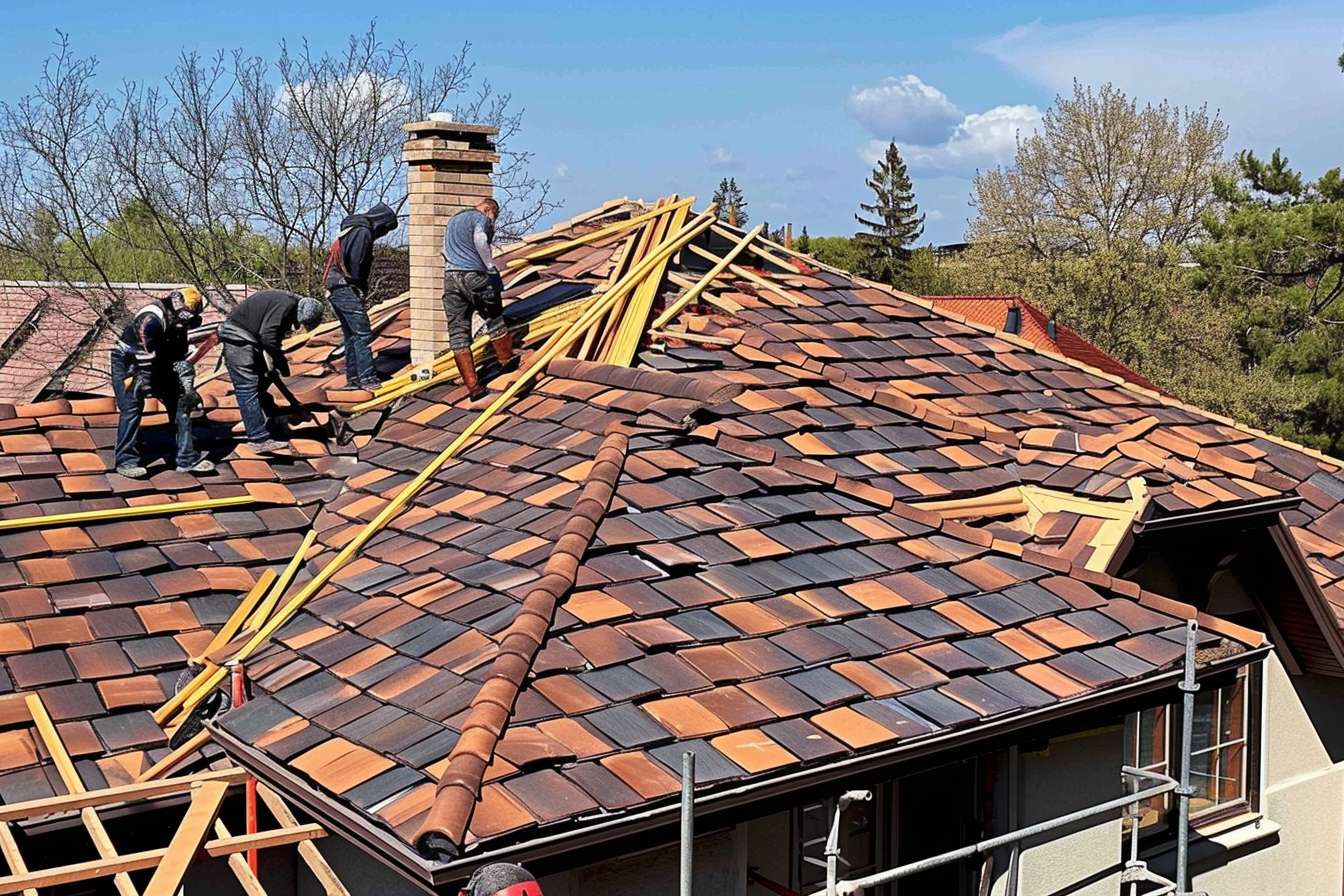Complete Guide to Roof Replacement for Homeowners
When your roof reaches the end of its useful life or suffers significant damage, replacement becomes a critical investment in your home's protection and value. Unlike temporary fixes, roof replacement provides comprehensive protection against weather elements while addressing underlying structural concerns that may have developed over time.

Effective Roof Repair: When Replacement Becomes Necessary
Understanding when repairs are no longer sufficient requires careful assessment of your roof’s condition. Multiple missing shingles, widespread granule loss, or sagging areas often indicate that piecemeal repairs won’t provide lasting protection. Age plays a crucial factor, as most asphalt shingle roofs require replacement after 20-25 years, while metal roofs may last 40-70 years.
Water damage in your attic, daylight visible through roof boards, or frequent leak repairs signal that replacement offers better long-term value than continued maintenance. Professional inspection can reveal hidden problems like compromised decking or inadequate ventilation that make replacement the more practical choice.
Essential Methods for Complete Roof Protection
Modern roof replacement involves systematic removal of old materials, inspection of underlying structures, and installation of updated components. The process typically begins with protecting your property and landscaping, followed by careful removal of existing shingles, underlayment, and damaged decking.
Quality replacement includes installing proper underlayment, which serves as a secondary barrier against moisture penetration. Ice and water shields around vulnerable areas like valleys, chimneys, and eaves provide additional protection. Proper flashing installation around penetrations ensures long-term weatherproofing that repair patches cannot match.
Maximizing Your New Roof’s Lifespan Through Smart Choices
Selecting appropriate materials significantly impacts your roof’s longevity and performance. Asphalt shingles remain popular due to their cost-effectiveness and variety of styles, while architectural shingles offer enhanced durability and aesthetic appeal. Metal roofing provides exceptional longevity and energy efficiency, though at higher initial costs.
Proper ventilation design during replacement prevents moisture buildup and temperature extremes that shorten roof life. Ridge vents, soffit vents, and adequate attic insulation work together to maintain optimal conditions. Quality installation by experienced contractors ensures manufacturer warranties remain valid and performance meets expectations.
Swift Planning: Handling Roof Replacement Urgency
Emergency situations requiring immediate roof replacement demand quick but careful decision-making. Storm damage, structural compromise, or sudden major leaks may necessitate temporary protective measures while planning permanent replacement. Emergency tarping and water damage mitigation protect your home’s interior during the replacement process.
Selecting contractors during emergency situations requires verification of licensing, insurance, and local reputation. Avoid door-to-door solicitors after storms, instead researching established local contractors with proven track records. Emergency replacement may cost more, but proper planning minimizes disruption and ensures quality results.
Advanced Materials and Efficiency Considerations
| Material Type | Average Cost Range | Expected Lifespan | Key Benefits |
|---|---|---|---|
| Asphalt Shingles | $5,000-$12,000 | 20-30 years | Cost-effective, variety of styles |
| Metal Roofing | $8,000-$16,000 | 40-70 years | Energy efficient, fire resistant |
| Slate | $15,000-$25,000 | 75-100 years | Extremely durable, natural beauty |
| Clay/Concrete Tiles | $10,000-$18,000 | 50-100 years | Fire resistant, energy efficient |
Prices, rates, or cost estimates mentioned in this article are based on the latest available information but may change over time. Independent research is advised before making financial decisions.
Sustainable roofing materials increasingly offer environmental benefits alongside traditional protection. Cool roofing materials reflect more sunlight, reducing cooling costs and urban heat island effects. Recycled content shingles provide performance similar to traditional materials while supporting environmental goals.
Solar-ready installations prepare your roof for future energy upgrades, even if solar panels aren’t immediately planned. Proper structural assessment ensures your roof can support additional weight, while conduit planning facilitates later electrical connections.
Professional installation remains crucial for warranty protection and optimal performance. Licensed contractors understand local building codes, permit requirements, and proper installation techniques that ensure your investment provides decades of reliable protection. Quality replacement transforms your home’s appearance while providing peace of mind through comprehensive weather protection.
Roof replacement represents a significant but necessary investment in your home’s long-term protection and value. Proper planning, material selection, and professional installation ensure your new roof provides reliable service for decades while enhancing your property’s curb appeal and energy efficiency.




